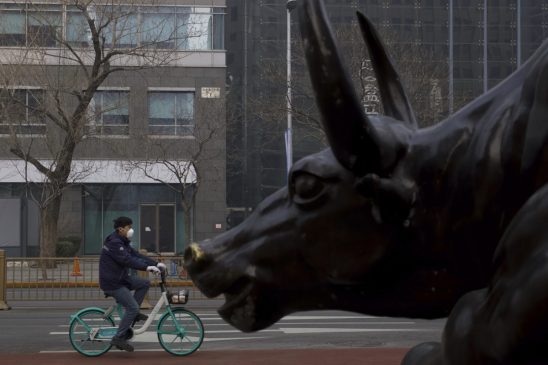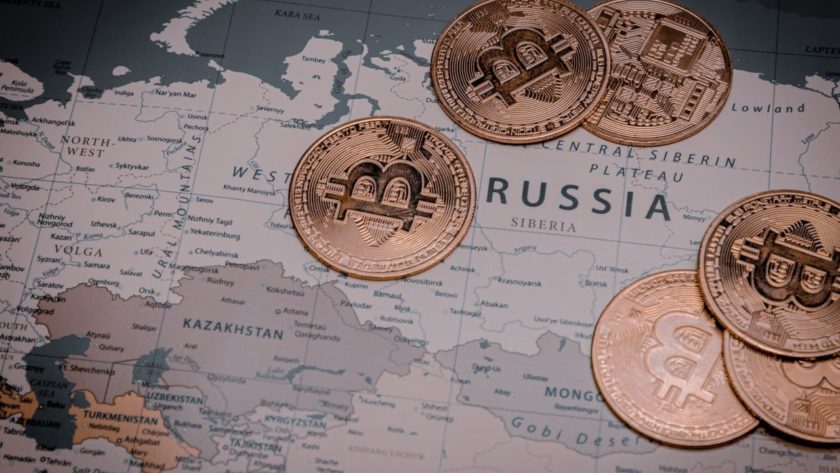- Using estimates of the economic damage caused by SARS and current rates of coronavirus infection, COVID-19 could cost trillions.
- Official figures show coronavirus is about 33% as deadly as the 2002-2003 SARS epidemic. So far it’s infected 6,800% more people.
- Chinese authorities downplayed the epidemic’s impact on the economy in recent days but President Xi Jinping admitted a bleaker outlook Sunday.
A review of the estimated cost of SARS to the global economy suggests coronavirus could end up costing world markets trillions in losses. That’s using a conservative projection of total cases by the time the disease has run its course.
A 2004 paper by two economists published in Asian Economic Papers (MIT Press) estimated the global economic loss to SARS was $40 billion. That included direct medical costs to treat patients, but also the massive indirect costs of disruptions to travel and trade:
The higher costs from a persistent shock relate to the loss of investment and the impact on confidence and therefore spending.
By the time it had run its course, SARS infected 8,098 people. SARS claimed 774 lives in total, a 9.6% mortality rate. The coronavirus epidemic isn’t over yet. So far, official case reports show coronavirus has infected some 78,000 people. And 2,466 have died from COVID-19, a 3% mortality rate. Here’s how much worse it could get.
Disease Modelers Project 550K-4.4 Million Cases
Disease modelers have become more accurate in recent years in projecting the timing, peak and intensity of infectious disease outbreaks. They use the same key variables epidemiologists have used for decades to predict the course of epidemics.
Through computer simulations, they continue to fine-tune their models with more fine-grained data. That includes variables like how close people stand to customers and colleagues, and how much time they spend on the bus.
About two dozen labs in North America have refined their methods to model the annual U.S. flu season. For example, a lab in Los Alamos made the most accurate projections of the 2018-2019 flu season. The same lab precisely projected the course of the SARS outbreak in Toronto in 2003. Meanwhile, a lab in Quebec projects coronavirus is far from over.
A Global Economic Disaster
A U.S.-Canadian team at Laval University in Quebec projects total coronavirus cases “might reach a cumulative 550,000 cases in Wuhan” alone.
That’s a best-case model. Their worst-case model projects 4.4 million could be infected by the time the epidemic is over. The researchers warn that COVID-19 “almost certainly cannot be contained and we must prepare for a pandemic.”
If 8,098 SARS infections caused $40 billion in economic losses, how much damage would 550,000 – 4.4 million coronavirus infections cause?
Multiplying the SARS losses by the number of SARS epidemics you could fit into the best case projections for coronavirus yields $2.7 trillion.
Now that figure is arbitrarily specific. There are too many ambiguities in something as complex as the world economy to precisely calculate the economic loss to an epidemic, even long after it’s over. That’s a point the 2004 SARS paper’s authors make clear.
But laboring under a rigorous set of assumptions using the Brooking Institute’s G-Cubed model for macroeconomic analysis, they do arrive at a figure of $40 billion wiped out by SARS.
If COVID-19 infects some 70x more people in Wuhan alone in a best-case scenario, the damage could reach up into the trillion-dollar range if it’s at all proportional to the scale of the disease. It’s important to note the exacerbating factors in 2003’s losses pose greater risks of loss today.
Chinese President Admits Coronavirus Impact
On state television Sunday, Chinese President Xi Jinping acknowledged a “severe” coronavirus impact on the economy is “inevitable.” He also announced additional policy measures to bolster small businesses and help people find work:
At present, the epidemic situation is still severe and complex, and prevention and control work is in the most difficult and critical stage…
The outbreak of novel coronavirus pneumonia will inevitably have a relatively big impact on the economy and society.
It’s a sudden, stark departure from the recent official stance on coronavirus and the economy. A week ago, China’s foreign minister said economic growth is sound despite the epidemic. But now President Xi says there’s no room for a “relaxed mentality” among public officials toward the damage COVID-19 is causing.
Disclaimer: This article represents the author’s opinion and should not be considered investment or trading advice from CCN.com.
This article was edited by Sam Bourgi, Samburaj Das.




